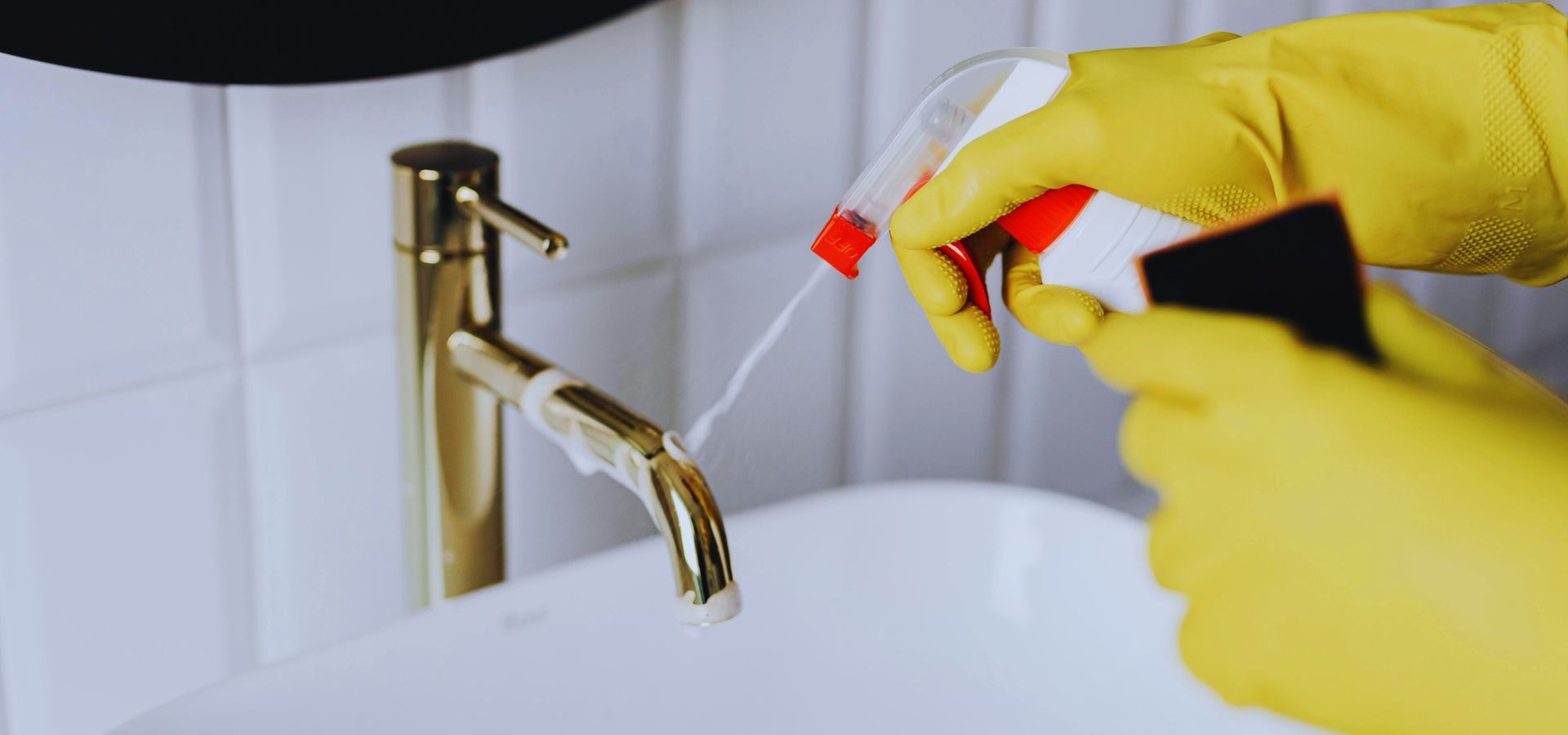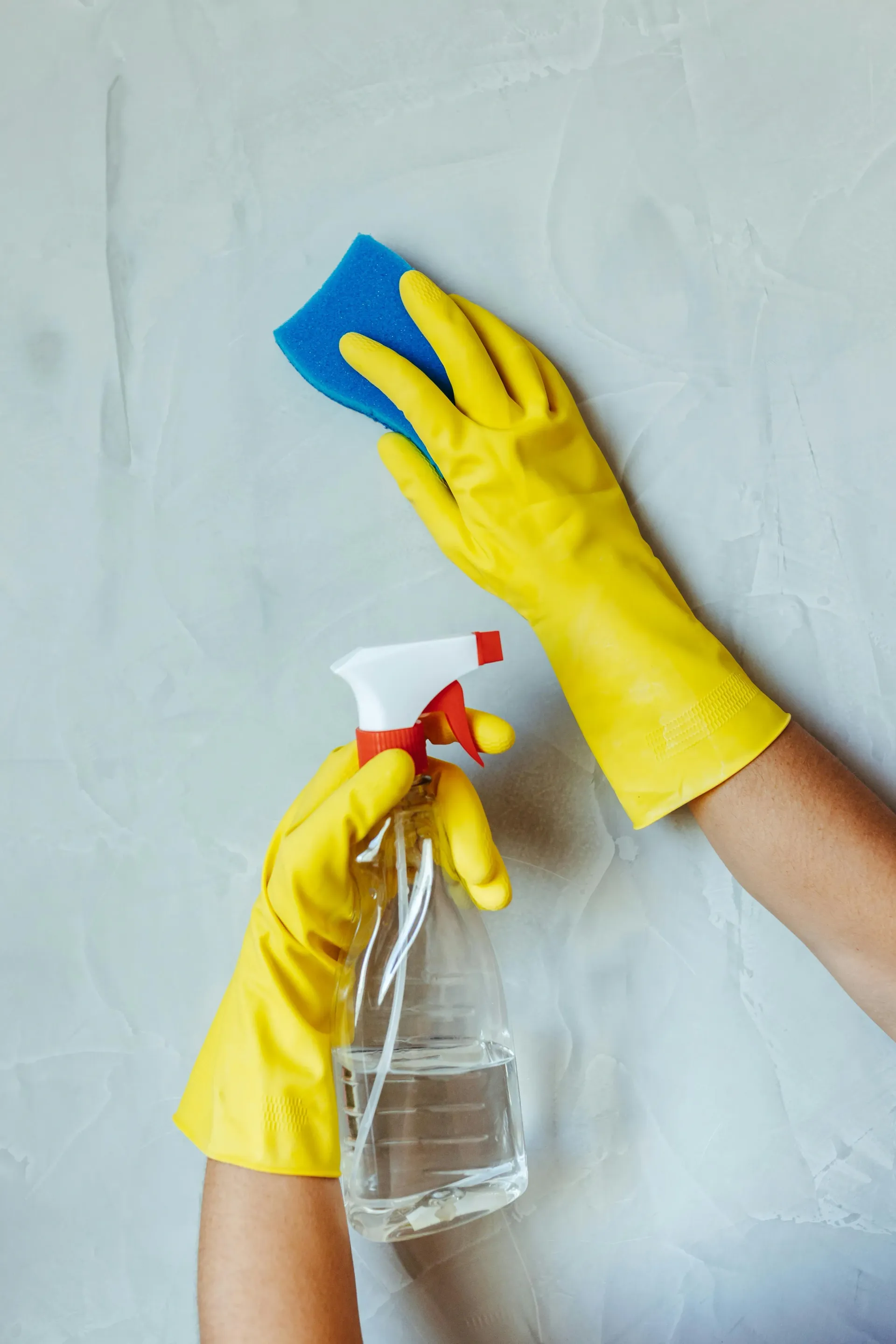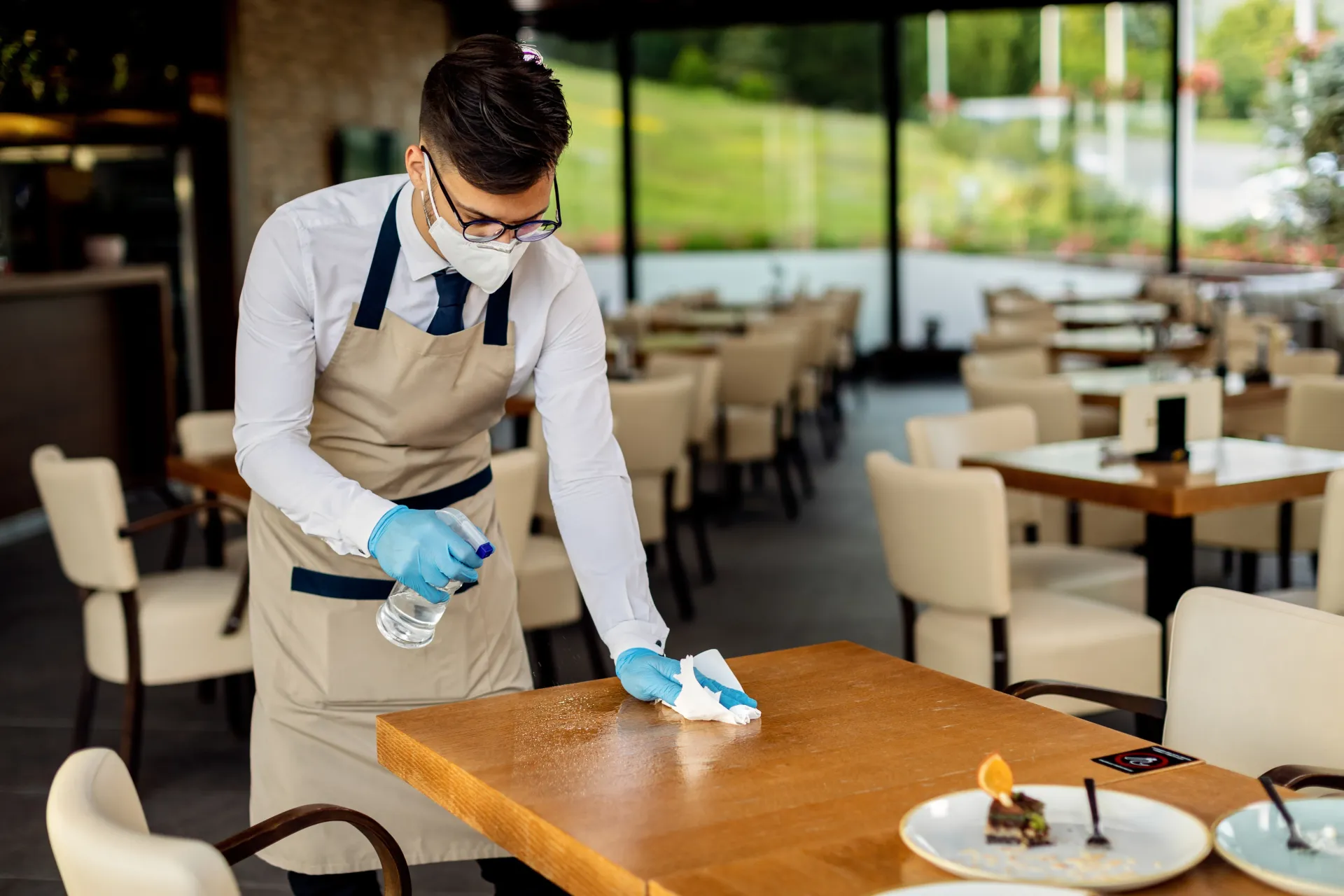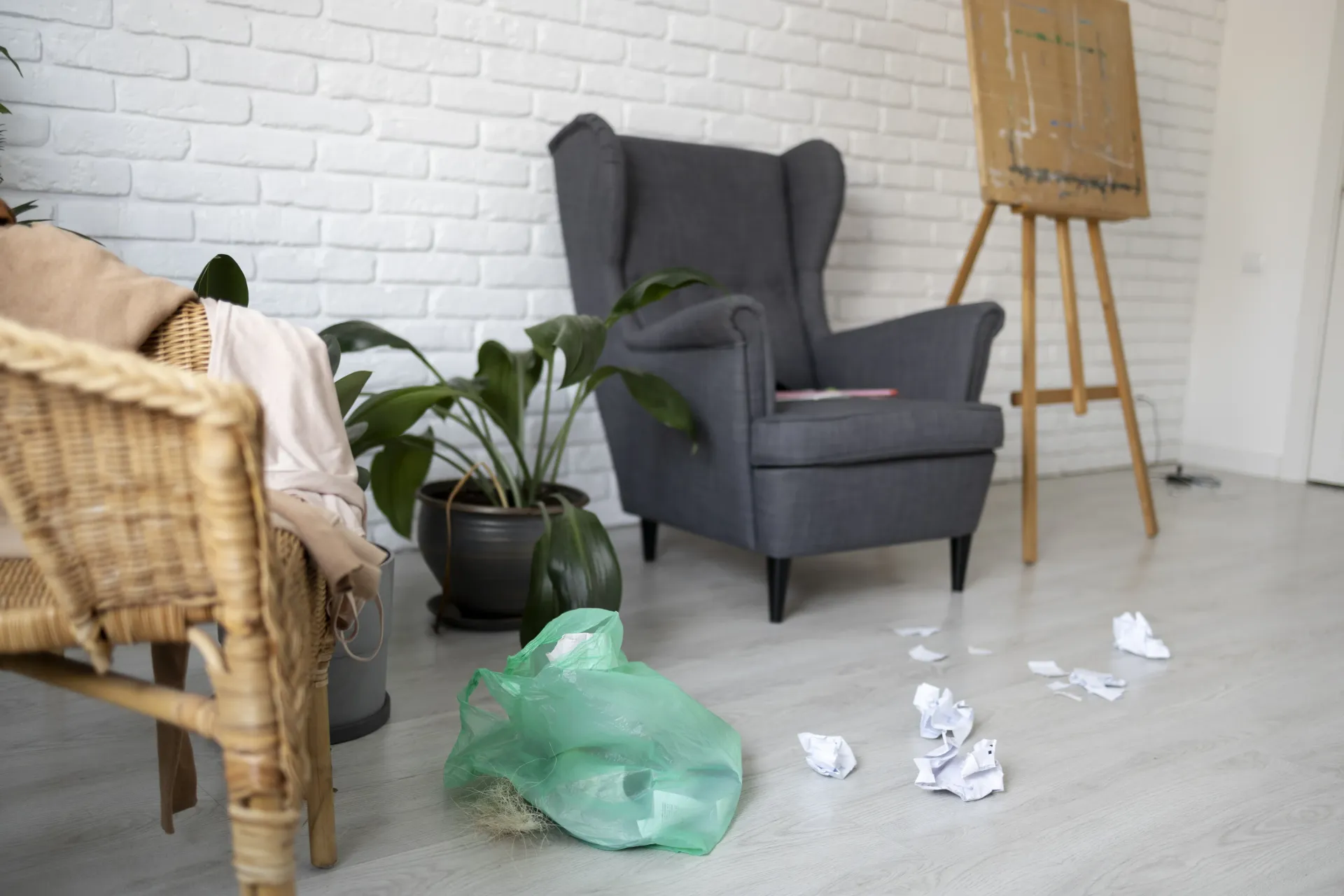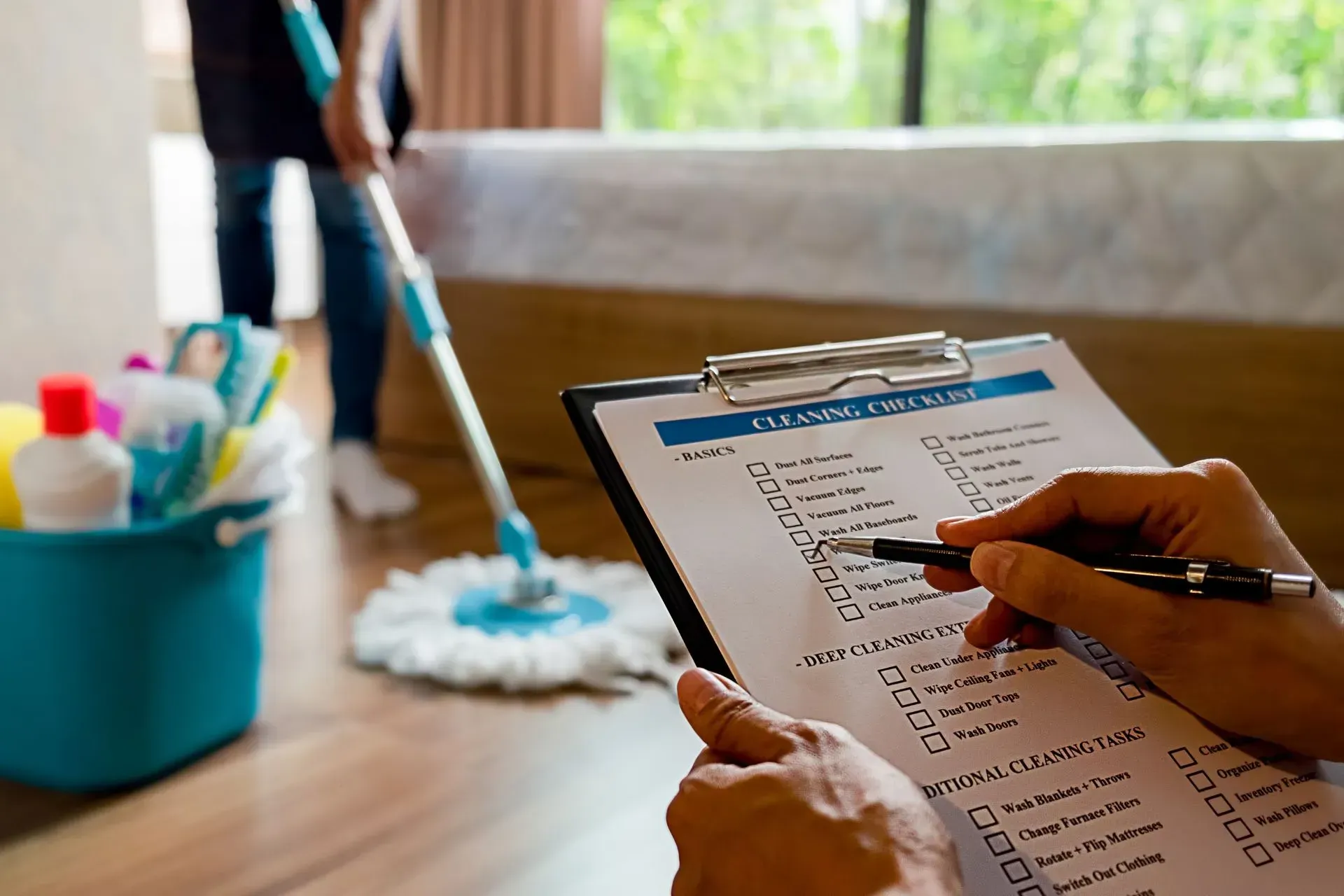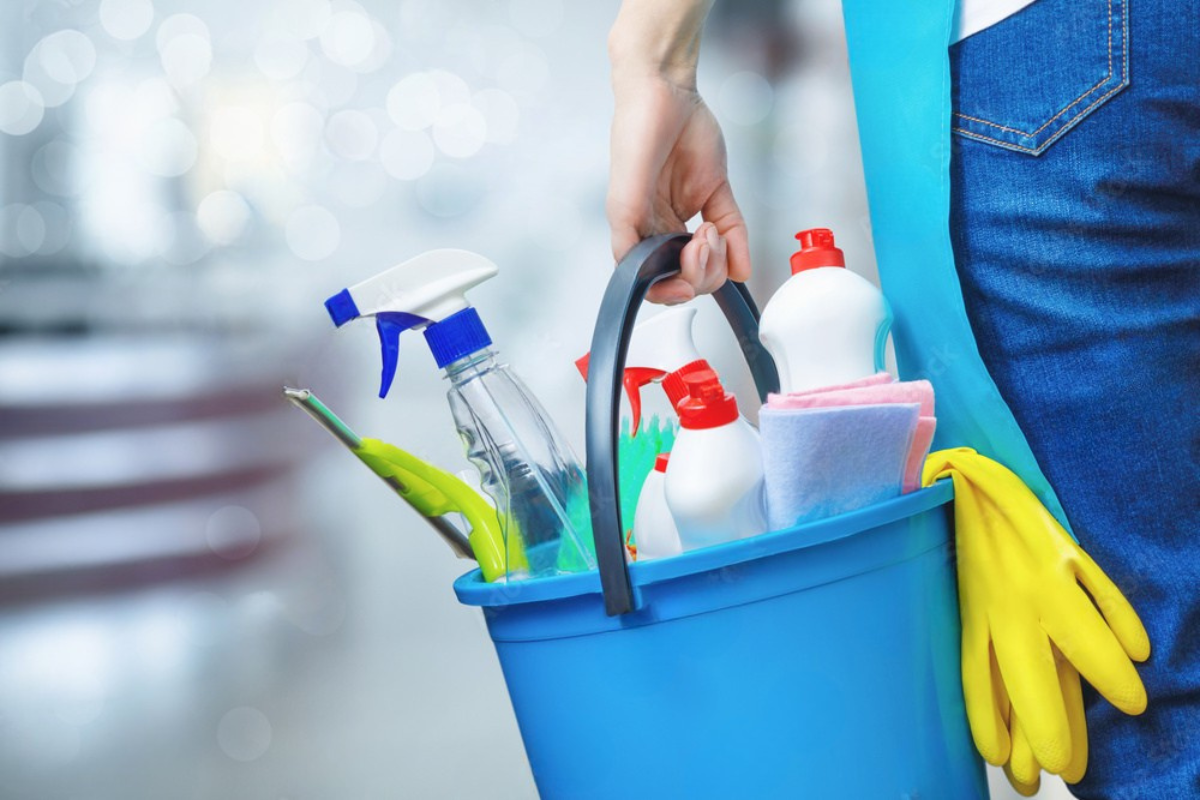Essential House Cleaning Tips to Prevent Viruses
The best way to combat viruses is by starting with prevention—and that begins in the home. With recent global health scares like COVID-19 and seasonal influenza outbreaks, house cleaning is no longer just a chore—it's a shield. These essential house cleaning tips to prevent viruses are not only proactive but also empowering for families who want to ensure safety, health, and peace of mind.
Viruses can linger on surfaces for hours or even days, depending on environmental conditions and the material type. High-touch surfaces like doorknobs, countertops, and electronic devices often become hotspots for viral particles. That’s why routine cleaning and correct disinfection are vital.
Cleaning isn’t just wiping a cloth across a surface. It’s a deliberate, methodical practice that includes removing dirt, reducing clutter, and destroying microbes that may threaten your household. When done consistently, it significantly lowers the risk of virus transmission inside your home.
Even more crucial, these cleaning tips don’t need fancy tools or expensive products. With the right techniques, common household items can work wonders. And when the job gets overwhelming, it’s wise to consider hiring a trusted cleaning service to maintain a hygienic environment.
So, let’s dive deep into how you can virus-proof your home and transform it into a safe haven.
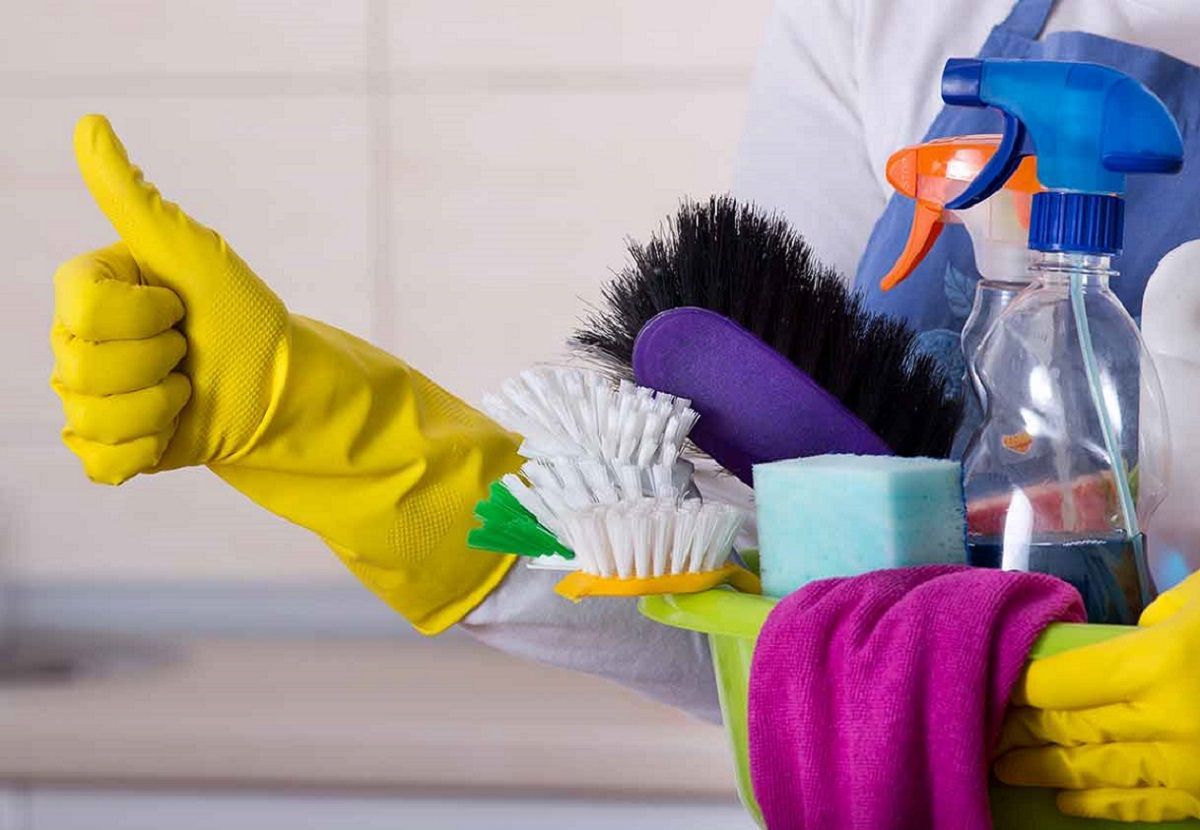
Understanding How Viruses Spread in Homes
Viruses are sneaky little invaders. They hitchhike on droplets released through sneezing, coughing, or even talking. Once in the air, these particles can settle on nearby surfaces. From there, it’s a domino effect. Someone touches the surface, rubs their eyes or nose, and boom—transmission.
In homes, shared spaces and frequently used items are prime targets. Light switches, fridge handles, and even remote controls often go unnoticed. Unlike bacteria, viruses aren’t alive outside a host, but that doesn’t mean they can’t cause trouble. Some can remain infectious on stainless steel or plastic for up to 72 hours.
Understanding this behavior is your first defense line. It allows you to map out the critical points in your home where cleaning should be most frequent and thorough.
The Importance of Disinfecting High-Touch Surfaces
Let’s face it: we touch a lot of things without even realizing it. High-touch surfaces include:
- Doorknobs
- Light switches
- Faucet handles
- TV remotes
- Cabinet pulls
These are breeding grounds for bacteria and viruses. Cleaning them daily, especially during flu season or outbreaks, can significantly reduce exposure. Use a cloth sprayed with disinfectant rather than spraying directly onto electronics or switches to avoid electrical hazards.
To maintain consistency, create a simple chart or checklist. Mark items off as you clean, and rotate weekly focus areas to avoid neglecting any surface.
Cleaning vs. Disinfecting: What's the Difference?
These terms are often used interchangeably, but they serve distinct purposes:
Cleaning Disinfecting
Removes dirt and impurities Kills germs using chemicals
Uses soap or detergent Uses EPA-approved disinfectants
Reduces germ numbers Eliminates most viruses and bacteria
Always clean surfaces before disinfecting. Otherwise, the presence of grime and grease can block disinfectants from working effectively. Think of cleaning as sweeping the battlefield before unleashing the disinfecting artillery.
How Often Should You Clean Your House to Prevent Viruses?
Frequency matters. Here's a general guide:
Daily:
- Kitchen counters
- Bathroom fixtures
- Phone and electronics
- Doorknobs
Weekly:
- Floors and rugs
- Refrigerator handles
- Bed linens
Monthly:
- Window sills
- Closet handles
- HVAC vents
This structured approach prevents overwhelm and ensures every area gets its due attention.
Best Disinfectants for Virus Prevention
Choosing the right disinfectant is a game-changer when you're focused on preventing the spread of viruses. The Environmental Protection Agency (EPA) has an official List N that includes disinfectants proven to kill viruses like SARS-CoV-2. Look for active ingredients such as:
- Hydrogen Peroxide – safe and effective, especially on non-porous surfaces.
- Sodium Hypochlorite (bleach) – a heavy-duty virus killer, best used diluted.
- Isopropyl Alcohol (70% or more) – excellent for electronics and small items.
- Quaternary Ammonium Compounds – often found in hospital-grade cleaners.
Before using any disinfectant, read the label instructions. Many require a surface to stay wet for several minutes to be effective. Spraying and immediately wiping doesn’t give the disinfectant enough contact time.
Tip: Store your disinfectants in a cool, dark place to maintain their efficacy. And never mix bleach with ammonia—it produces toxic fumes.
DIY Natural Cleaners That Work
If you prefer a more eco-friendly route, don't worry—there are effective natural solutions. While some aren’t classified as disinfectants per EPA standards, they still clean surfaces and reduce microbial load.
Try these mixtures:
- Vinegar + Baking Soda: Perfect for grime, especially in bathrooms.
- Hydrogen Peroxide (3%): A virus-fighter and safe for most surfaces.
- Essential Oil Blend: Tea tree oil, eucalyptus, and lemon have antimicrobial properties. Combine them with distilled water and white vinegar for a pleasant-smelling spray.
Use glass spray bottles when working with essential oils to prevent degradation. And label all DIY cleaners clearly for safety.
The Right Way to Disinfect Electronic Devices
Phones, tablets, and laptops are virus transfer hubs. Since we touch them constantly, disinfecting them is non-negotiable.
Follow this simple method:
- Power off the device.
- Use a microfiber cloth slightly dampened with 70% isopropyl alcohol.
- Wipe gently—don’t oversaturate.
- Avoid spray near ports or screens.
Pro tip: Use UV-C sanitizers for electronics if you prefer a chemical-free option.
Proper Use of Disinfectant Wipes and Sprays
Using disinfectant wipes or sprays seems intuitive, but many people misuse them by wiping too quickly or drying surfaces with a cloth right after.
Here’s how to do it right:
- Wipe the surface thoroughly so it's visibly wet.
- Let it air dry for at least 4–10 minutes depending on the product.
- Avoid rinsing unless the label says so.
This ensures the disinfectant has enough time to deactivate viruses.
Cleaning Fabrics and Soft Surfaces Safely
Viruses don’t last as long on fabrics as on hard surfaces, but that doesn’t mean soft surfaces are safe. Think about your curtains, carpets, couches, and throw pillows.
Use:
- Steam cleaners for deep sanitation.
- Vacuum with HEPA filters to trap particles.
- Fabric-safe disinfectant sprays on couches and curtains.
Always test sprays on an inconspicuous spot to avoid discoloration or damage.
Sanitizing Laundry: Tips to Kill Germs
Doing laundry isn't just about cleanliness—it's a vital part of virus prevention. Here's how to sanitize effectively:
- Use hot water (above 130°F) if the fabric allows.
- Add bleach or a disinfectant laundry additive like Lysol Laundry Sanitizer.
- Dry on high heat.
After laundry:
- Disinfect the machine door and detergent drawer.
- Wash your hands or use sanitizer.
Clothing worn outside during flu outbreaks or pandemics should be washed more frequently.
Kitchen Cleaning Tips to Prevent Cross-Contamination
The kitchen is a battlefield for germs. From raw meat juice to unwashed produce, cross-contamination can happen in seconds.
Kitchen safety tips:
- Disinfect countertops daily.
- Use separate cutting boards for meat and produce.
- Sanitize sponges daily in the microwave or dishwasher.
- Empty trash frequently and wash bins weekly.
Don’t forget the fridge handles, cabinet pulls, and faucet levers—these are often overlooked yet touched often.
Bathroom Cleaning Routines That Kill Viruses
Bathrooms harbor high humidity—perfect conditions for microbes. Combine that with bodily fluids and you have the ideal breeding ground for viruses.
Deep clean your bathroom:
- Scrub toilets with a bleach-based cleaner.
- Disinfect all handles: faucets, flush levers, light switches.
- Use hydrogen peroxide or steam for the shower area.
- Wash bathmats weekly with hot water.
Ventilation is crucial. Keep the fan running or open a window to reduce moisture buildup.
Entryway Hygiene: Your First Line of Defense
The entryway is where outside germs meet your clean interior. Turn this zone into a hygiene hub:
- Set up a shoe removal station.
- Keep hand sanitizer or wipes handy.
- Add a tray for disinfecting mail and packages.
- Use washable rugs and vacuum them frequently.
A designated area for coats, bags, and shoes limits the spread of external contaminants throughout the home.
How to Clean Your Home After Illness Exposure
After someone in your household has been sick, it’s important to do a full sanitizing sweep. This includes:
- Washing all bedding and towels in hot water.
- Disinfecting all surfaces in the sick room, especially bedside tables and remotes.
- Cleaning and disinfecting bathroom areas.
- Using a HEPA air purifier for at least 24 hours.
Dispose of tissues, gloves, and masks in a lined, closed trash can. Disinfect the can afterward.
Why Ventilation Matters in Virus Prevention
Good airflow reduces virus particles suspended in the air. Here’s how to improve ventilation:
- Open windows for at least 30 minutes a day.
- Use exhaust fans in bathrooms and kitchens.
- Run an air purifier with a HEPA filter.
Indoor air quality plays a significant role in respiratory health. Especially during illness seasons, prioritize fresh air.
Using Steam Cleaners to Kill Germs
Steam cleaners sanitize surfaces by heating water past 200°F, killing germs on contact. They’re effective on:
- Hard floors
- Mattresses
- Bathroom tiles
- Fabric furniture
Always check your surface's compatibility with high heat. Use distilled water to prevent mineral buildup in your cleaner.
Tips for Cleaning Homes with Pets
While your furry companions may not carry viruses like COVID-19 in the same way humans do, they can still act as passive carriers on their fur and paws. Pet beds, toys, and feeding areas can also harbor bacteria and allergens.
Here’s how to keep your pet-friendly home safe:
- Vacuum frequently using a vacuum with a HEPA filter to capture dander and microbes.
- Wash pet bedding weekly in hot water.
- Disinfect food and water bowls daily with dish soap and hot water.
- Wipe your pet’s paws after walks using pet-safe wipes.
Stick to non-toxic, pet-safe cleaning products—especially on floors and surfaces pets lie on. Better safe than sorry!
Child-Safe Cleaning Tips
Kids are curious explorers. That’s why your cleaning strategy should consider both effectiveness and safety.
- Use natural or non-toxic disinfectants for toys and high-touch surfaces.
- Store all chemical cleaners out of reach and preferably locked.
- Sanitize toys regularly using mild soap and hot water.
- Clean baby gear, like high chairs and crib rails, with baby-safe wipes or a vinegar solution.
Also, create child-friendly routines—like having them wash hands before and after play. This teaches habits that protect them and others.
Importance of Hand Hygiene During Home Cleaning
Clean hands go hand-in-hand with a clean home. While you scrub and disinfect, germs can hitch a ride on your hands and spread elsewhere.
- Wash hands with soap and warm water for 20 seconds after every cleaning task.
- When soap isn’t available, use a sanitizer with at least 60% alcohol.
- Avoid touching your face, especially your eyes, nose, and mouth, during cleaning.
And remember—gloves are helpful, but they’re not a substitute for proper hand hygiene.
Scheduling Deep Cleans: Monthly or Seasonal?
In addition to daily tidying, deep cleaning is necessary to reach those often-forgotten nooks and crannies.
Consider this schedule:
- Monthly: Baseboards, under furniture, ceiling fans.
- Quarterly: Curtains, windows, vents, mattress rotation.
- Seasonally: Decluttering closets, shampooing carpets, garage or attic sweep.
Mark your calendar, and rotate areas so you're not overwhelmed. If it feels too daunting, hire a cleaning service for a professional deep clean.
How to Disinfect Groceries and Deliveries
Though food packaging isn’t a major virus vector, caution still pays off—especially during outbreaks.
- Discard outer packaging (like cardboard boxes).
- Wipe cans and plastic containers with a disinfectant wipe.
- Wash produce under running water—no soap needed.
- Sanitize surfaces where deliveries are unpacked.
And of course, wash your hands after handling groceries or mail.
Virus-Proofing Shared Spaces in Multi-Person Homes
When you live with roommates or extended family, shared spaces are risk zones.
Create shared hygiene policies:
- Assign cleaning days and zones.
- Disinfect common items like remotes and switches daily.
- Use individual storage bins in bathrooms and kitchens.
Also, encourage open windows or fans in shared living areas to keep air circulating.
Avoiding Common House Cleaning Mistakes
Even with the best intentions, mistakes can happen. Watch out for these:
- Using expired disinfectants
- Cross-contaminating cloths across surfaces
- Neglecting contact time of disinfectants
- Not cleaning before disinfecting
Keep separate rags for the bathroom and kitchen, and replace sponges every week. Little adjustments can make a big difference.
Using Protective Gear While Cleaning
Depending on what you're handling, consider wearing:
- Gloves for bathrooms and when using bleach or harsh chemicals.
- Masks when using sprays or working in enclosed spaces.
- Eye protection when handling corrosive substances.
Dispose of single-use gloves and masks properly, and wash reusable gear after each session.
The Psychological Benefit of a Clean Home
A clean space isn’t just healthy—it’s healing. Studies show a tidy environment reduces stress and anxiety while promoting productivity.
When your home smells fresh and sparkles with cleanliness:
- You feel more in control of your surroundings.
- It encourages routine and discipline.
- You’re less likely to get sick, which enhances emotional well-being.
Plus, a clean home is always more welcoming—both to guests and yourself.
Hiring Professionals for Virus-Safe Cleaning
Sometimes, your schedule (or energy) just doesn’t allow for deep cleaning. That’s where professionals step in.
A reputable cleaning service can:
- Disinfect every inch using industry-grade tools.
- Customize cleaning plans for high-risk households.
- Free up your time while ensuring safety.
When hiring, ask about their virus-prevention protocols and whether they use EPA-approved disinfectants. If you're interested, don't hesitate to contact them directly.
How to Build a Virus-Prevention Cleaning Checklist
Here’s a quick guide to get you started:
Frequency Tasks
Daily Wipe high-touch surfaces, hand hygiene, laundry bin sanitation
Weekly Mop floors, clean bathrooms, vacuum furniture
Monthly Disinfect light switches, clean fridge, deep clean kitchen
Seasonal Steam clean carpets, clean ducts, wash windows
Use a digital checklist or printable planner and involve the entire household to build consistency and accountability.
FAQs
How long do viruses live on surfaces?
It depends. Some viruses can live on plastic or stainless steel for up to 72 hours, while others break down within hours.
Do air purifiers really help prevent virus spread?
Yes—especially those with
HEPA filters, which can trap viral particles in indoor air.
How often should I wash cleaning cloths and mops?
After each use. Dirty cleaning tools spread more germs than they remove.
Is it okay to use the same cloth in the kitchen and bathroom?
Absolutely not. Always use separate, color-coded cloths to avoid cross-contamination.
Can I use vinegar as a disinfectant?
Vinegar is a great cleaner but not a reliable disinfectant for viruses. Combine with hydrogen peroxide for better effectiveness.
What’s the safest way to store cleaning chemicals?
Keep them in a
locked cabinet away from children and pets. Store in original containers and avoid mixing.
Conclusion
Home isn’t just where the heart is—it’s where health begins. These essential house cleaning tips to prevent viruses empower you to maintain a safe, germ-free environment for your loved ones. Whether you're wiping down surfaces, steaming fabrics, or scrubbing floors, every little action plays a role in virus prevention.
Remember, consistency is key. By integrating these practices into your routine—and calling on professionals like Red Apple Cleaning when needed—you create not just a clean home, but a healthier, happier one.
Links:
